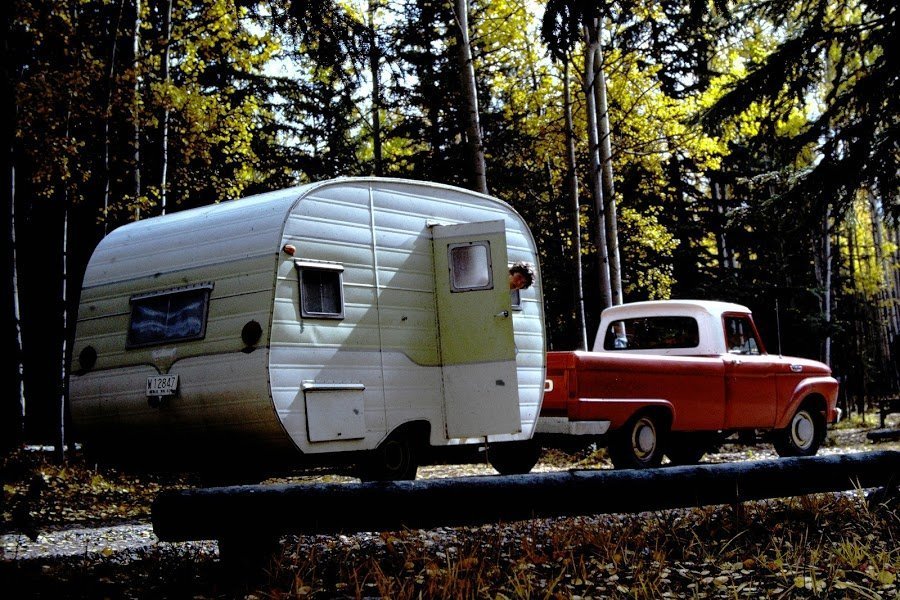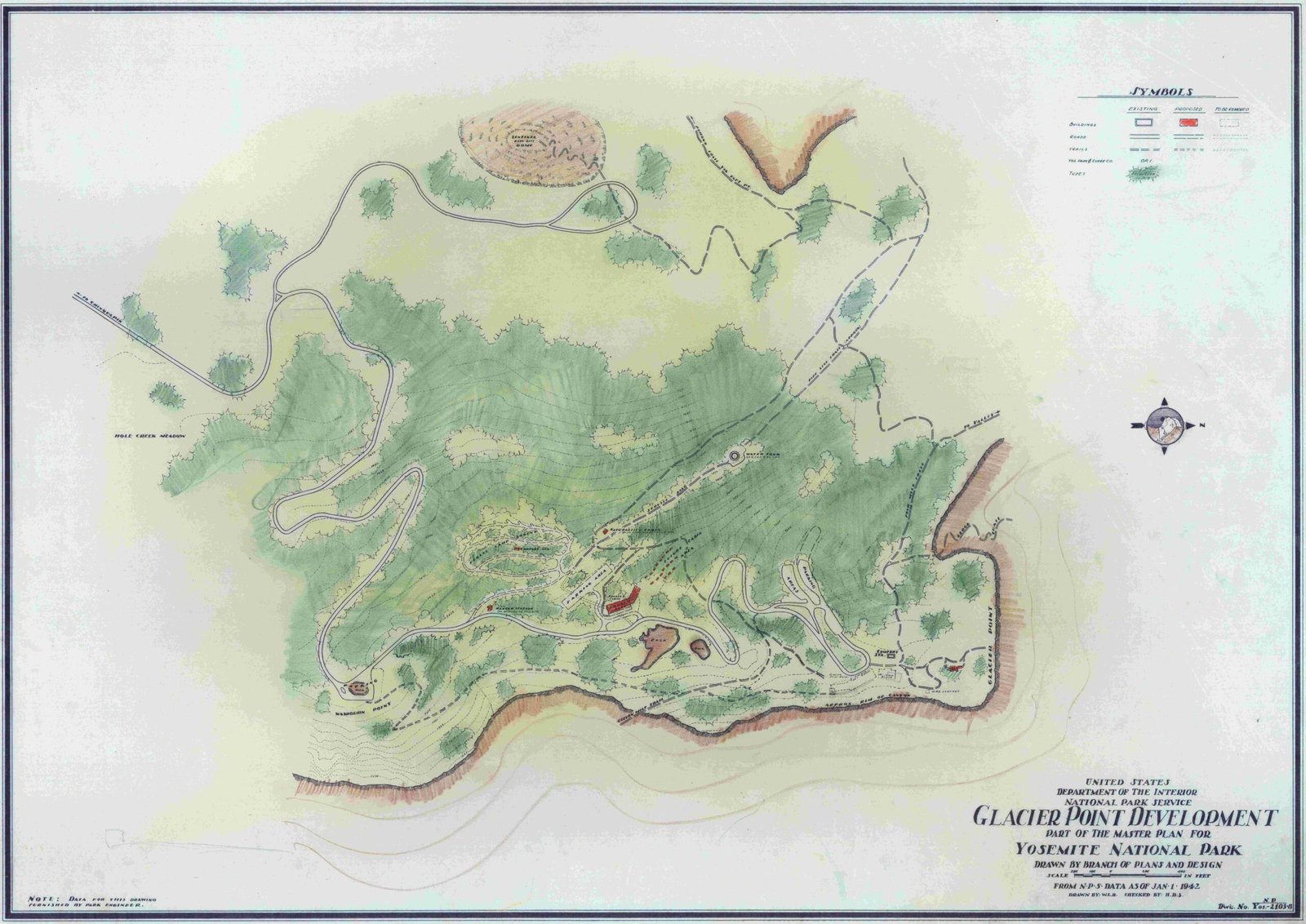Leafy spurge (Euphorbia esula) is an invasive plant species that poses a significant threat to the native ecosystems of Glacier National Park. This aggressive perennial weed, known for its rapid spread and resilience, has become a major concern for park managers and ecologists. Its presence in the park’s diverse landscapes, from grasslands to forest edges, threatens biodiversity and alters natural habitats. Understanding and managing leafy spurge is crucial for preserving the park’s ecological integrity and natural beauty.
What Are the Key Characteristics of Leafy Spurge?

Leafy spurge is easily identifiable by its distinct features:
- Height: Grows 2 to 3.5 feet tall
- Leaves: Narrow, lance-shaped, 1-4 inches long
- Flowers: Greenish-yellow bracts in clusters
- Stem: Woody at base, produces white milky sap when broken
- Root System: Extensive and deep, up to 15 feet
The plant forms dense colonies due to its aggressive root system, making it a formidable invader in Glacier National Park’s diverse ecosystems.
How Does Leafy Spurge Impact Glacier National Park’s Ecosystem?

The presence of leafy spurge in Glacier National Park has far-reaching consequences:
- Native Plant Displacement: Outcompetes native species for resources
- Soil Chemistry Alteration: Releases allelopathic toxins
- Wildlife Habitat Degradation: Reduces forage quality for native fauna
- Aesthetic Impact: Changes the natural landscape appearance
These impacts collectively threaten the park’s biodiversity and ecological balance, making leafy spurge management a priority for park conservationists.
What Are the Challenges in Controlling Leafy Spurge in Glacier National Park?
Controlling leafy spurge in Glacier National Park presents several challenges:
- Extensive Root System: Makes complete removal difficult
- Seed Longevity: Seeds can remain viable in soil for up to 8 years
- Rapid Spread: A single plant can produce up to 130,000 seeds annually
- Terrain Accessibility: Rugged park landscape complicates control efforts
- Environmental Sensitivity: Limits use of certain control methods
These factors make leafy spurge management in the park a complex and ongoing task.
What Methods Are Used to Control Leafy Spurge in Glacier National Park?
Park managers employ a variety of strategies to combat leafy spurge:
| Method | Description | Effectiveness |
|---|---|---|
| Manual Removal | Hand-pulling and digging | Effective for small, isolated patches |
| Herbicide Application | Targeted chemical treatment | Useful for larger infestations |
| Biological Control | Introduction of natural predators | Long-term solution for extensive areas |
| Prescribed Grazing | Controlled grazing by sheep or goats | Helps reduce plant vigor and spread |
Each method has its place in an integrated management approach, tailored to specific areas within the park.
How Does Biological Control of Leafy Spurge Work in Glacier National Park?
Biological control is a key strategy in managing leafy spurge:
- Flea Beetles: Species like Aphthona nigriscutis feed on leafy spurge roots
- Hawk Moths: Hyles euphorbiae larvae consume leafy spurge foliage
- Gall Midges: Spurgia esulae attack the plant’s growing tips
These natural predators help reduce leafy spurge populations without harming native species, making them valuable tools in the park’s management efforts.
What Role Do Park Visitors Play in Leafy Spurge Management?
Park visitors can contribute to leafy spurge management:
- Awareness: Learn to identify leafy spurge
- Reporting: Inform park staff of new infestations
- Prevention: Clean boots and gear to avoid spreading seeds
- Volunteering: Participate in organized removal efforts
- Education: Share knowledge about invasive species impacts
Visitor involvement is crucial in early detection and prevention of leafy spurge spread within Glacier National Park.
How Does Climate Change Affect Leafy Spurge in Glacier National Park?
Climate change may influence leafy spurge dynamics in the park:
- Extended Growing Season: Potentially increases plant growth and spread
- Altered Precipitation Patterns: May affect plant distribution
- Temperature Changes: Could impact plant stress and resilience
- Ecosystem Shifts: May create new vulnerable areas for invasion
Understanding these potential impacts is essential for developing adaptive management strategies.
What Research Is Being Conducted on Leafy Spurge in Glacier National Park?
Ongoing research efforts focus on:
- Distribution Mapping: Using GIS to track leafy spurge spread
- Control Efficacy: Evaluating various management techniques
- Ecological Impact Studies: Assessing effects on native species
- Predictive Modeling: Forecasting future spread under climate change scenarios
- Genetic Studies: Investigating plant adaptations to park environments
This research informs adaptive management strategies and improves control efforts.
How Does Leafy Spurge Management in Glacier National Park Compare to Other National Parks?
Leafy spurge management in Glacier National Park shares similarities and differences with other parks:
Similarities:
– Use of integrated pest management approaches
– Emphasis on early detection and rapid response
– Collaboration with regional partners
Differences:
– Unique alpine and subalpine ecosystems require tailored strategies
– Specific challenges due to Glacier’s rugged terrain and remote areas
– Particular focus on preserving iconic glacial landscapes
Learning from and sharing experiences with other parks enhances overall management effectiveness.
What Are the Long-term Goals for Leafy Spurge Management in Glacier National Park?
The park’s long-term objectives for leafy spurge management include:
- Containment: Prevent further spread into uninfested areas
- Reduction: Decrease existing infestations by 50% over the next decade
- Restoration: Rehabilitate affected areas with native plant species
- Research: Continue studies on effective control methods and ecological impacts
- Education: Enhance public awareness and involvement in invasive species management
These goals aim to protect the park’s ecological integrity while balancing visitor experience and resource management needs.
By addressing these aspects of leafy spurge in Glacier National Park, managers and visitors alike can contribute to preserving the park’s unique ecosystems for future generations. The ongoing battle against this invasive species exemplifies the complex challenges faced in maintaining the natural balance of protected areas in the face of environmental changes and human impacts.